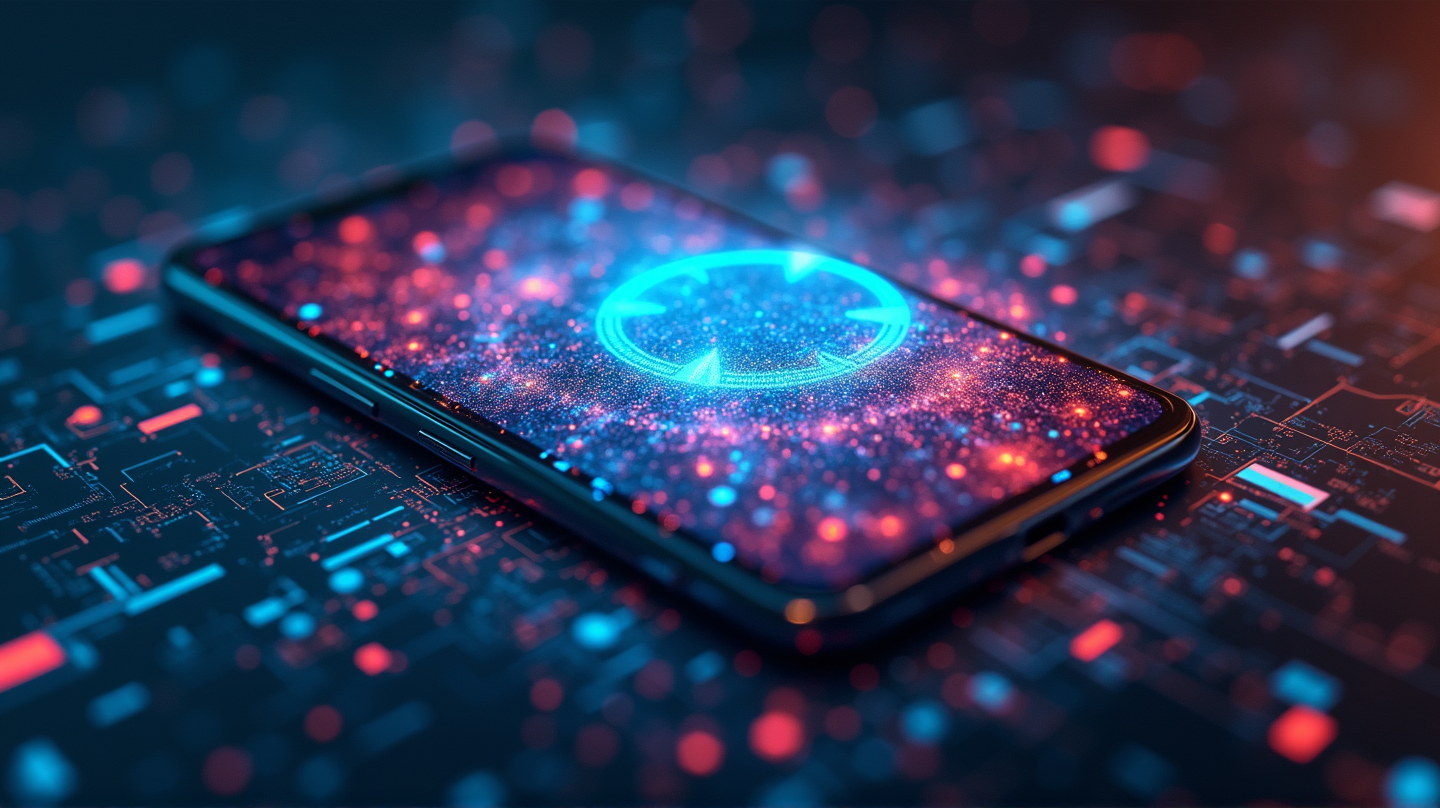Google is set to redefine the smartphone user experience with its upcoming Android 17 update, which introduces a groundbreaking feature called “Min Mode” for the Always-On Display (AOD). This new development may change how users interact with their devices, leveraging the AOD for a richer, more integrated user experience.
AOD Evolution: A Step Toward Enhanced User Experience
According to The Economic Times, Google continues its tradition of innovation in the smartphone realm with Android 17’s “Min Mode”. Designed to allow apps to display minimal, persistent interfaces directly on the AOD, this feature aims to enhance the utility and convenience of smartphones. The new mode will provide users with a seamless way to glance at essential information without needing to unlock their phones, potentially saving both time and battery life.
Google Maps: Leading the AOD Revolution
Google Maps is expected to spearhead the utilization of the “Min Mode” for more efficient navigation. With this update, it will likely introduce a low-power navigation feature using the ultra-low-power display state of AOD, thus preserving battery while offering crucial navigation data at a glance.
‘Min Mode’: A Boon for Third-Party Apps
This innovative feature opens a new avenue for third-party apps. Enabling them to integrate their functionalities seamlessly onto the AOD, “Min Mode” can transform apps into interactive glance-friendly tools, making smartphones even more aligned with user needs without compromising on performance or battery life.
Future Prospects and Development
Discovered within the Android SystemUI package and reported by Android Authority, “Min Mode” is initially in development, hinting at its imminent introduction perhaps by Android 17’s launch in 2026. By potentially enabling apps to showcase navigation updates or other key notifications directly on the always-on screen, Google is setting the stage for a significant shift in how users engage with their mobile devices.
Google’s “Min Mode” is not just another update; it marks a step forward in personalized user interfaces, promising a future where smartphones will be smarter, more efficient, and undeniably more user-centric.
